Introduction
Rock tea, a distinguished variety hailing from the misty mountains of China’s Fujian province, is renowned for its unique blend of floral, fruity, and earthy flavors. This tea, often classified under the umbrella of Wuyi Yancha or Dancong, boasts a rich history and a complex profile that tea enthusiasts worldwide cherish. However, brewing rock tea to perfection can be a delicate task, as even the slightest misstep can result in a cup that is overly bitter or astringent. This article aims to demystify the process of brewing rock tea, providing practical tips and insights to ensure your cuppa is nothing short of exquisite.
Understanding Rock Tea
Before diving into the brewing process, it’s crucial to understand the fundamental characteristics of rock tea. Unlike other tea types, rock tea grows in mineral-rich soil, often on steep, rocky terrains. This unique terroir contributes to its distinctive taste profile, which can range from smooth and mellow to bold and robust. The leaves themselves are typically more oxidized than green tea but less so than black tea, placing them in the category of oolong tea. This partial oxidation process allows for a wide spectrum of flavors to develop, making rock tea a complex and rewarding beverage to brew.
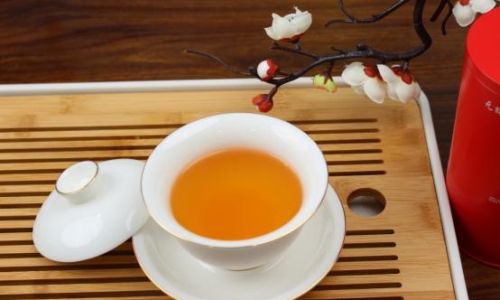
The Importance of Water Quality
One of the most overlooked aspects of brewing any tea, but especially critical for rock tea, is the quality of water used. Water should be fresh, clean, and free from impurities. Ideally, use water with a neutral pH level and low mineral content. Tap water often contains chlorine, fluoride, and other chemicals that can adversely affect the taste of your tea. Bottled mineral water can also vary greatly in its mineral composition, so it’s best to experiment to find a brand that complements your rock tea. Spring water is generally a safe bet, as it tends to be pure and balanced.
Temperature Matters
The temperature of the water used for brewing is another crucial factor. Rock tea requires water that is hot enough to extract its full flavor profile but not too hot to release bitter tannins. Generally, a temperature range of 95°C to 100°C (203°F to 212°F) is ideal for most rock tea varieties. However, it’s always advisable to consult the specific brewing instructions provided by your tea vendor, as some high-quality, delicate rock teas may require slightly cooler water to avoid bitterness.
The Art of Measurement
The ratio of tea leaves to water is another delicate balance that significantly impacts the final taste. Using too many leaves can lead to an overly strong and bitter brew, while too few will result in a weak, flavorless cup. A good starting point is approximately 3 to 5 grams of tea leaves per 100 milliliters of water. Again, this can vary depending on the type and quality of the rock tea, so it’s essential to experiment to find the perfect ratio for your palate.
Brewing Techniques

-
Pre-warming the Teapot and Cups: Before adding the tea leaves, pre-warm your teapot and cups with hot water. This step ensures that the temperature remains consistent throughout the brewing process, enhancing the extraction of flavors.
-
Rinsing the Tea Leaves: Many tea enthusiasts recommend rinsing or “washing” the tea leaves with hot water before the actual brewing process. This quick dip (usually around 10-15 seconds) helps to awaken the leaves and remove any dust or impurities without extracting too much flavor or bitterness. Discard this initial rinse water.
-
The First Infusion: For the first infusion, pour the hot water over the tea leaves and allow them to steep for a slightly shorter duration than subsequent infusions. This varies depending on the tea, but a good starting point is around 20-30 seconds. The goal here is to gently extract the delicate flavors without over-extracting the tannins.
-
Subsequent Infusions: Rock tea is known for its ability to be infused multiple times. Each subsequent infusion should generally be longer than the previous one, allowing more time for deeper flavors to be released. Typically, infusions can range from 30 seconds to several minutes, depending on your taste preference and the tea’s resilience.
-
Gongfu Brewing Method: For a more immersive and traditional experience, consider using the Gongfu brewing method. This involves using a small teapot and dividing the tea into multiple short infusions, often no longer than a few seconds each. This method allows for a more nuanced extraction of flavors, revealing layers of complexity that might be missed with longer steeping times.
Post-Brewing Considerations
Once the tea has finished steeping, pour it immediately into your waiting cups to avoid over-extraction. If you’re not ready to drink it right away, you can pour the tea into a thermos to maintain its temperature without continuing to steep.
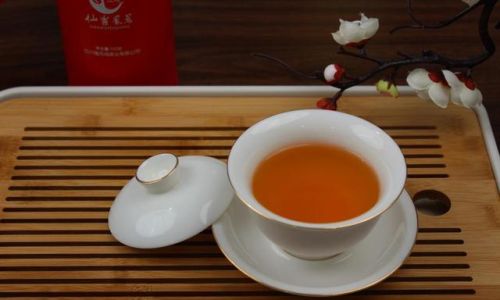
Storage and Freshness
Proper storage is equally important in maintaining the quality and flavor of your rock tea. Store tea in an airtight container, away from direct sunlight, heat, and moisture. Ideally, keep it in a cool, dark place, such as a pantry or a dedicated tea cabinet. Rock tea can retain its freshness for several months to a year if stored correctly, but it’s best consumed within six months of purchase to enjoy its peak flavors.
Conclusion
Brewing rock tea without bitterness requires attention to detail, patience, and a bit of experimentation. By focusing on water quality, temperature control, precise measurement, and the correct brewing techniques, you can unlock the full potential of this exquisite beverage. Remember, every batch of tea leaves and every brewing session is unique, so don’t be afraid to tweak your process based on your personal preferences and the specific characteristics of your tea. With practice, you’ll soon master the art of brewing rock tea, enjoying every sip as a harmonious blend of flavors that dance on your palate. Happy brewing!

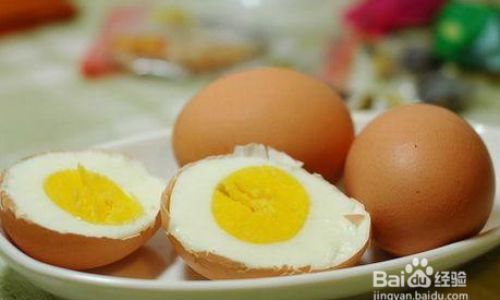

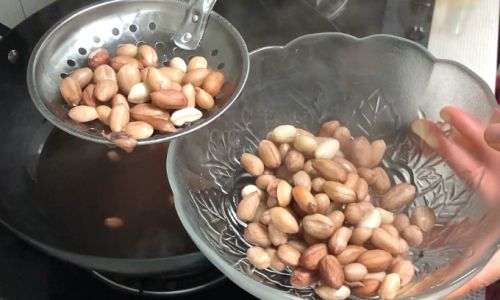
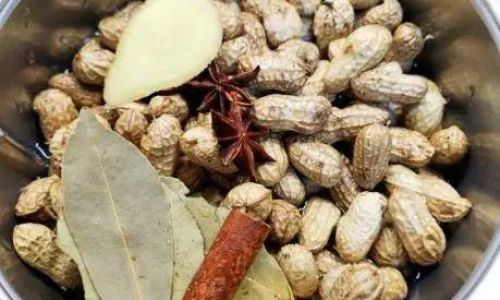

0 comments